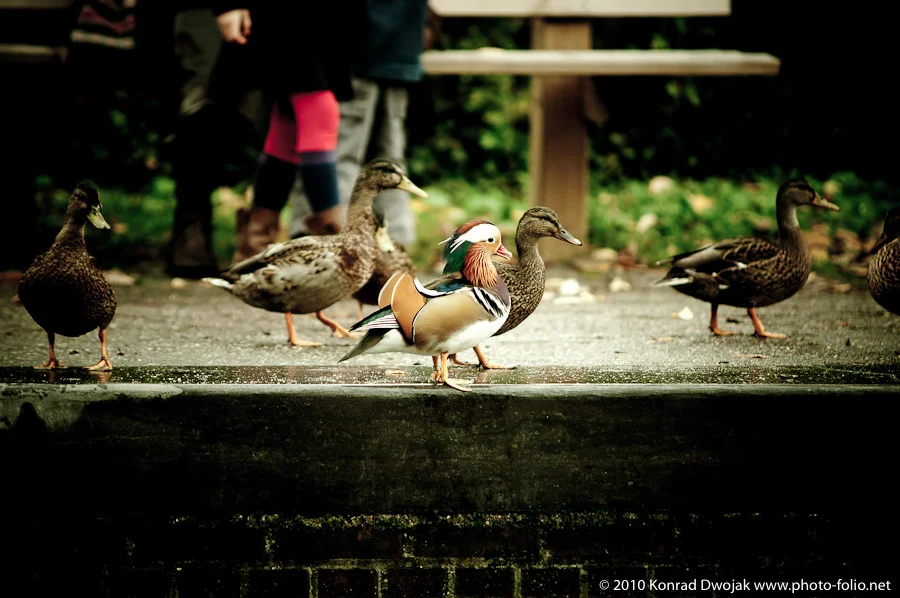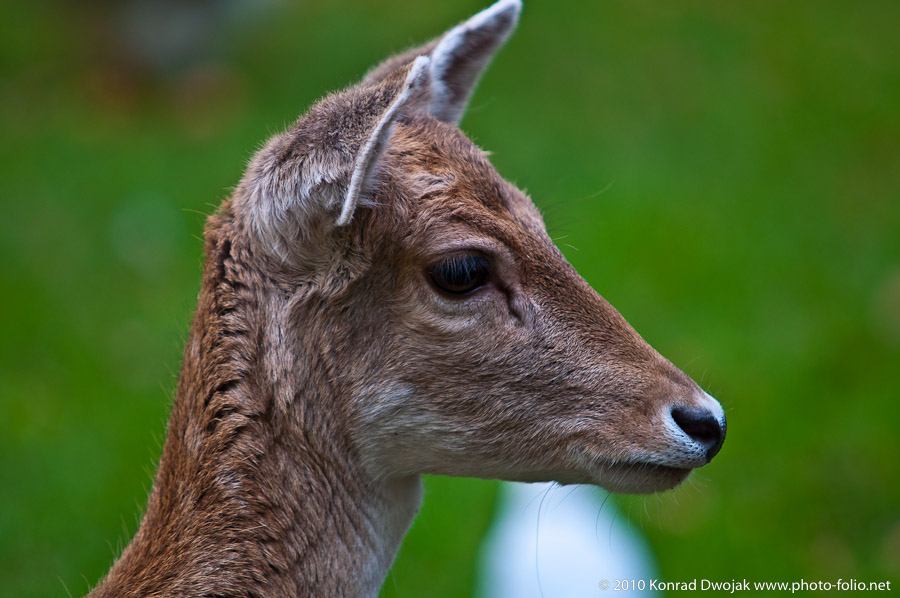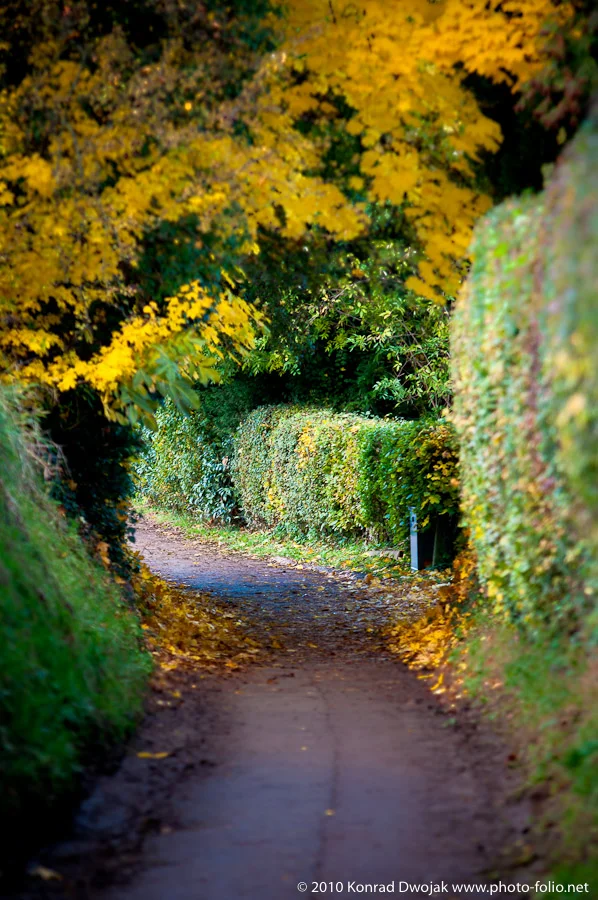A photographer should not only know the rules of photography but he or she should also be able to break those rules and know how to do it in order to create something new, creative and unique. Why you ask? I have recently read a very interesting article titled "Your photography needs to be like Facebook" over at New Media Photographer's blog, which explains very well how important it is for professional photographers to develop and update their style and photography in order to be able to maintain their position on the market. If you follow the photography market at any parts of the world, you have probably already noticed that it definitely is not enough to shoot good pictures in order to make living out of photography.
Being good is not enough and being a cheap photographer won't take you far in the long run. The truth is that the photography market is so much saturated with (mostly) wannabe photographers and even good pro photographers have hard time to make living out of photography. But hard doesn't mean impossible, right? There are many variables that contribute towards being a successful photographer: marketing, network & networking, resources, photography knowledge & experience, creativity and many more. But it's the latter one that I would like to emphasize today. Creativity and uniqueness in photography helps you to distinguish yourself from the huge group of other photographers. As I mentioned before, being a good photographer is not enough anymore and having good marketing strategies is not necessarily a key element for obtaining new and valuable customers.
So what to do in order to have a creative and unique photography? The best way is to start off with a small photography project or assignment. This is especially useful when you're a beginner and you would like to become more visible on the market as a photographer.
- Brainstorming will play a vital role for coming up with creative ideas. I hear often that pros suggest on viewing others' works for inspiration and creativity. While it might work for the first one (inspiration), it might not be a good idea for the second one (creativity). If you start going over the work of others, there is a risk that you might actually copy the idea of someone's else, even though you'll think you came up with a creative and unique photo idea. Give yourself at least a couple of weeks for brainstorming.
- Don't forget to write down all the ideas that you have (even the smallest ones). Carry a pen and paper with you or make notes on your phone or on any device that you use and which allows you to make notes. I find myself having often new ideas while taking metro, train or just on my way to a store.
- Don't be disappointed and discouraged quickly if the first idea seem to you not appealing - it's always the case but soon you will see that more and more new and better ideas will be built on the previous ones.
- Look around you for inspiration - you'll be surprised how many creative ideas and how much interesting inspiration you can find in your daily life, in your surrounding, things that happen or people that you meet. Take your time to look around you, go to various stores that have house/kitchen tools and appliances. Even look around in your kitchen. Things that you use on a daily basis might give you some terrific ideas.
- Don't concentrate on photography equipment. In most cases, it is not the photography equipment that will contribute towards creative photography and brainstorming. If you start thinking too much about photography equipment that you don't have, you might find yourself in a vicious circle (especially when you don't have enough money to buy this equipment). Instead, you will most likely find the things that you use on a daily basis as interesting. For example, if you want to have a creative picture of a person you can use things in your kitchen (like liquid chocolate, milk, flour, etc.). Look at Bert Stephani's blog article "Creative Blogstop", especially on the pictures in the second half of the article.
- Ask your friends and family for help in brainstorming. Even though your friends and family members might not be interested in photography, they might be a great source for interesting ideas in the brainstorming phase. Ask them for help and present them with your ideas. You might be really surprised how creative they can be and how much new and great ideas they might give you!
- Give it a name. If you aim for a special project or an assignment in order to become more visible on the photography market, it's always a good idea to come up with an interesting and catchy name for it. Wait for naming it until you're done with your brainstorming. The more interesting the name, the more chances there will be that it will be popular.






































































